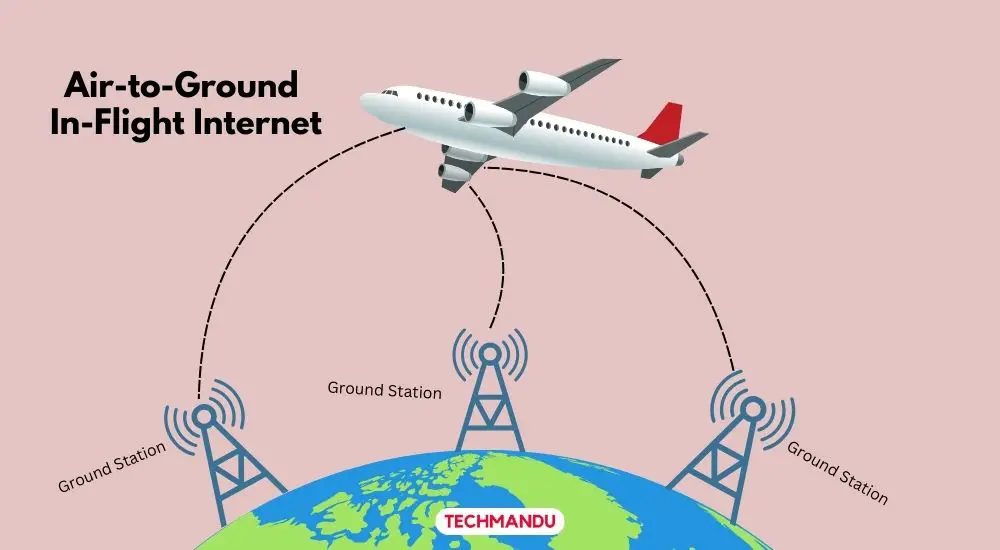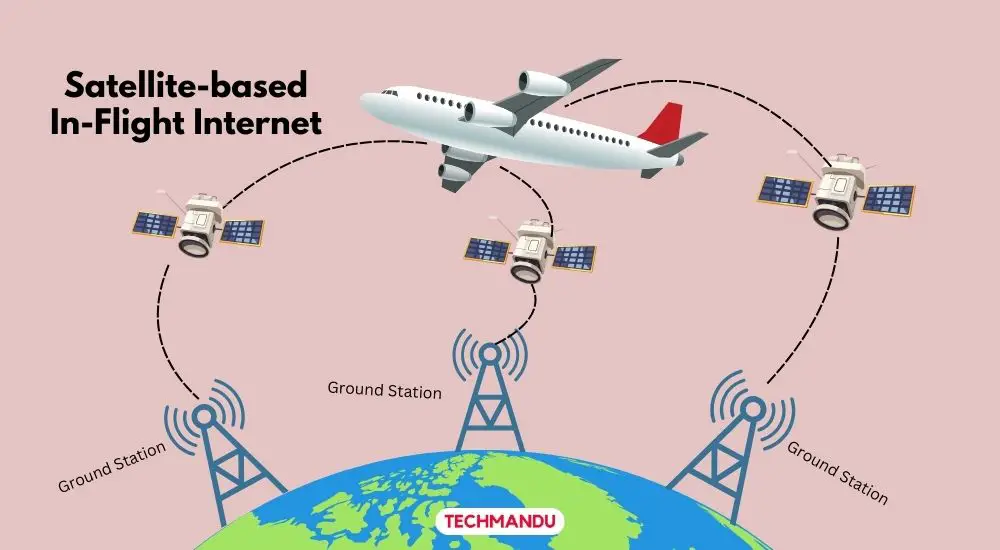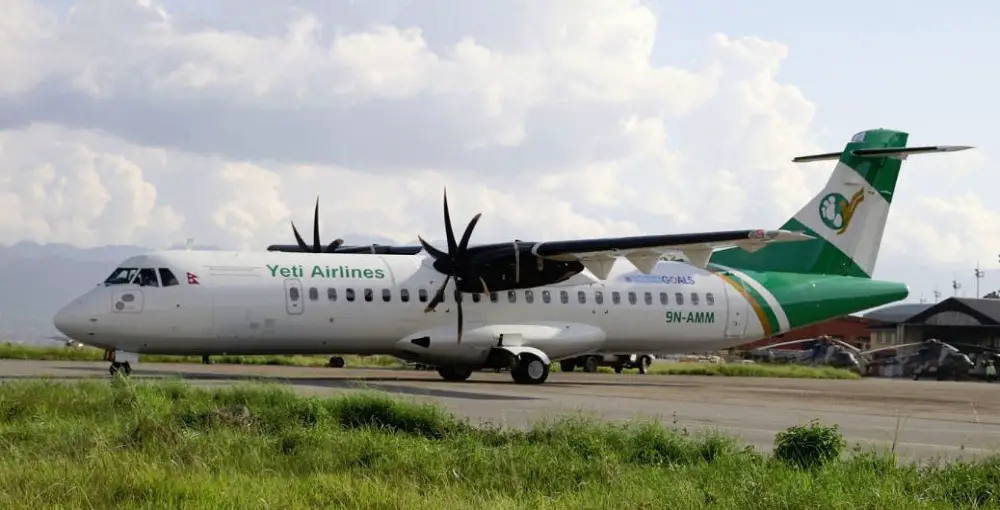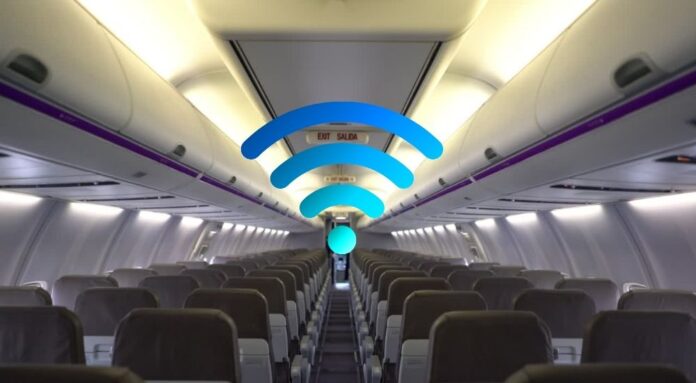There were times when passengers aboard a flight were stuck for hours with no source of information but then came screens for movies and shows. Now, another milestone has come forth – inflight internet which allows people to access connectivity thousands of feet over the earth. Various passengers have begun providing in-flight internet service as a value differentiation and the number of these companies is growing. Here, talk about how it works, its types, and other information. Keep reading.
An airplane flies between 30,000 feet to 45,000 feet. It’s the number for most commercial aircraft. Even at such an altitude, passengers onboard can use the internet thanks to the technological edge that modern aviation has achieved.
Table of Contents
What is in-flight internet?
The term is self-explainable. A flight that provides internet access during a flight is in-flight internet. In other words, providing internet connectivity while an aircraft is flying in the air is an in-flight internet service.
Types of in-flight internet service
Two types of in-flight internet are in practice – air-to-ground (ATG) and satellite-based. Either are preferred based on availability, spending, feasibility, etc. Here, we talk about how each system works.
Also read: Why India hasn’t given Pokhara International Airport flight permission to its cities?
Air-to-ground (ATG)
An air-to-ground internet on airplanes works with the help of an antennae tagged to the bottom of an aircraft. These antennas receive signals from the cellular towers on the ground and help transmit data to users’ mobile devices.

This type of in-flight internet connectivity is reliable and has been popular for years, however, drawbacks remain because it relies on the number of cellular base stations on the earth. To illustrate, it requires cell towers to operate and the many the better for consistent network coverage.
The problem is when the plane is flying over the wild area, large water bodies, or rural settlements, the network is likely to drop. It’s also noteworthy that the data speed in ATG internet is not as huge standing at an average of 5 Mbps – 10 Mbps. To compare, the median global download speed for mobile data is 59.15 Mbps according to Ookla (for October 2024).
In fact, the very issue with an ATG in-flight internet remains to be limited speed and the lack of consistent coverage. It’s also said to be more expensive compared to the satellite-based system.
IN GIST: In Air-to-Ground in-flight internet, the antenna on the plane receives signals directly from ground stations on the earth for the exchange of data.
Also, check out: History of Aviation in Nepal, From 1949 to Present
Satellite-based
Mitigating the shortcomings of the ATG connectivity onboard, the satellite-based connection has been a new favorite among airline companies. It’s more reliable, provides consistent coverage, and user experience is highly improved. It works with an antenna aboard a plane to receive signals from satellites.

Intelsat and Viasat are the major players who provide satellite-based internet services for airline companies. Talking specifically, a satellite-powered in-flight internet can provide 100 Mbps download speed which is a multi-fold improvement from that offered in an ATG setup.
SpaceX, headed by Elon Musk is also entering the in-flight internet business with a humongous authority that will see airline companies getting their aircraft connected to Starlink low-earth orbit (LEO) satellites.
In GIST: In satellite-based in-flight internet, the satellite connects with ground stations and user devices for transmission of data.
In-flight internet in Nepal
So far, Nepal Airlines and Yeti Airlines provide in-flight internet aboard their aircraft. Of the two, Yeti Airlines provides in-flight entertainment which includes a broad range of entertainment sources for the passengers. In sum, passengers on both airline companies’ flights can access the connectivity and browse the internet while flying to their destination.

The ability to use the internet and be able to browse the internet, Google information, and use social networks is kind of life-transforming. While foreigners in various countries have had this facility for years, Nepali airline companies have recently begun providing it.
Also, it should be noted that other companies that seek to offer data service to passengers take permission from Nepal Telecommunications Authority (NTA) and they feed the service aboard the flight via telecom providers from their own country.
Anyway, the gist is that we want more airline companies to provide in-flight internet. Being on an aircraft for up to hours without connecting to our family and friends, and reading, and posting can become a painful experience. We expect more airline companies to follow suit of Nepal Airlines and Yeti Airlines and launch in-flight internet soon.
What has your experience been regarding the use of the internet on a flight? How was the speed and was there any network loss? Do share the details in our comment section below.



